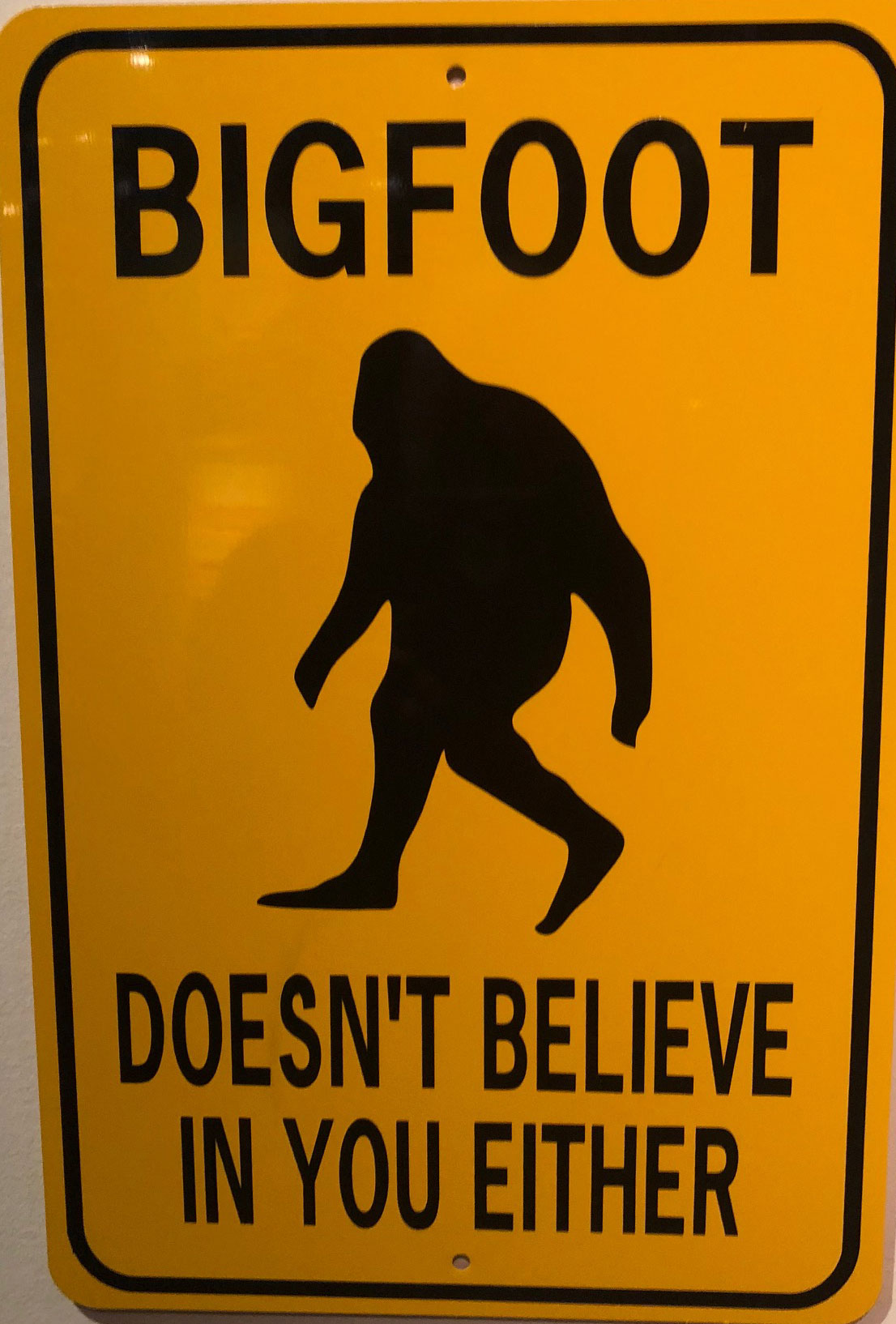Does a “newspaper” only exist if it is printed on paper?
By Morf Morford
Tacoma Daily Index
After 42 years of offering a free print version on local street corners, The Seattle Weekly is becoming available online only. (1*)
Love it or hate it, The Seattle Weekly is something like a landmark, and its absence will not be filled. The disappearance of this paper is just another marker of a Seattle, as we all knew it, ebbing away literally into the cybersphere.
Technology, reader preferences and market forces convert, distort and set in motion changes that we may notice, but can barely recognize – and may find impossible to define – or even make sense of the innumerable, unmeasurable, unintended consequences.
There are several income streams that could financially support a traditional newspaper – subscriptions, ads or an outside source.
If you read a lot online, as I do, you can’t help but run into a “paywall” – a point at which you need to be a paid subscriber to read further. Most online journals allow two to four articles before the paywall pops up. Others allow several more, or even unlimited access – with the addition of near constant pop-up ads.
To put it mildly, this is not a satisfactory system for readers, publishers or marketers.
And for major companies, like Facebook, the question keeps emerging; what is Facebook? Is it a “platform” or a “publisher”? How much accountability does (or should) Facebook have over its content?


Are social media sites “publishers” like the traditional print newspaper (hence responsible for what they “publish”? Or are they merely a “platform” a forum where each poster is responsible for their own postings?
How is money to be made? How is a market established and defined? Will dominant online social media services like Twitter or Facebook exist in five years?
Is a blog or podcast the online equivalent of a newspaper? – and are those who present blogs or podcasts journalists in a traditional, or any, sense?
You could make the argument that the form of journalism always changes – yes it does.
Earlier this year, 2,000 traditional journalists lost their positions.
Given the state of the economy, technology and our current political climate of distrust, if not hatred, of traditional journalists and news outlets, this was not unexpected.


A generation ago, our culture had a shared news landscape – we had different interpretations and biases, but we all had the same foundation of information. The major news networks present facts – not opinions.
Now, thanks to cable news and talk radio, we have unending opinion – and very little “hard” news. (2*)
Our loyalty, for too many of us, as readers or subscribers is not to the “truth” or even to what matters. It is to our favorite “talking head” and whatever irks them that particular day.
Twitter is the perfect forum for this impulsive, non-relevant, context-less ranting.
If you look over any given politician’s Twitter feed for example, you are likely to find near constant contradictions, prevarications, “statements that cannot be confirmed” equivocations and “misstatements”. (3*)
Is the violent crime rate going up or down? (4*)
Is it more dangerous to work in law enforcement now than a generation ago?
It isn’t. It was far more dangerous to be a law enforcement officer in the 1980s than now.
And what would you guess as the most dangerous state to work in law enforcement?
Most of us would guess California or New York.
Nope. It is Texas – by far. (5*)
And do you know the most common cause of death for law enforcement in most years?
No, it was not gang shoot-outs on the streets of Compton, New York or Chicago, it was vehicle accidents.
And the most deadly year of all was 1930 (with almost one killing a day). Even in 1919 there were 253 killings. You might compare this to 150 in 2017 and 150 in 2018. The year 2001 was the most dangerous year in many decades for law enforcement, but most of those deaths happened on one day – September 11. (These statistics were found on https://www.odmp.org/).
I mention all this because it is the job of journalists to give us facts, and it is the job of politicians to base their statements and policies on facts – not on fantasies or assumptions.
Without a steady diet of actual, unbiased, facts we are adrift in our worst nightmares.
If you look hard enough, you can find (mostly) unbiased, old-fashioned reporting – you just won’t find it in the usual places like a corner news stand.
To see a chart of where your favorite news sources might fall on the political spectrum, take a look at this chart – https://www.adfontesmedia.com/.
And, in case you were wondering, my personal (and most reliable) favorites are clustered in the middle.
As always, journalism is changing, and I would submit that it is more essential than ever.
To see where journalism is going, you might want to look at this article – https://www.recode.net/2019/2/25/18224696/chart-transition-journalism-public-relations-content-social-media-jobs.
(1*) https://www.seattletimes.com/business/seattle-weekly-to-end-its-print-edition/
(2*) Which just means actual facts which can be documented, confirmed and agreed upon.
(3*) In this fact-free journalistic era, we have become so accustomed to euphemisms for lying that we don’t even notice them any more.
(4*) It’s actually at the lowest point in over 40 years.
(5*) You can see a state by state breakdown of officers killed in the line of duty here – https://www.odmp.org/search/browse








